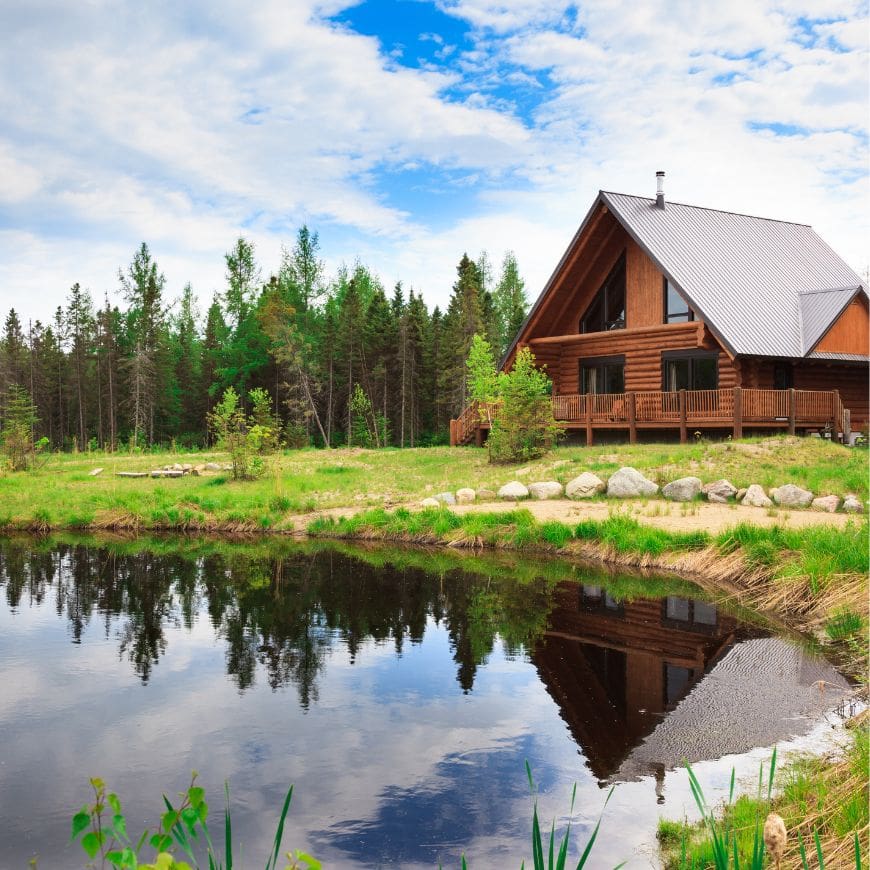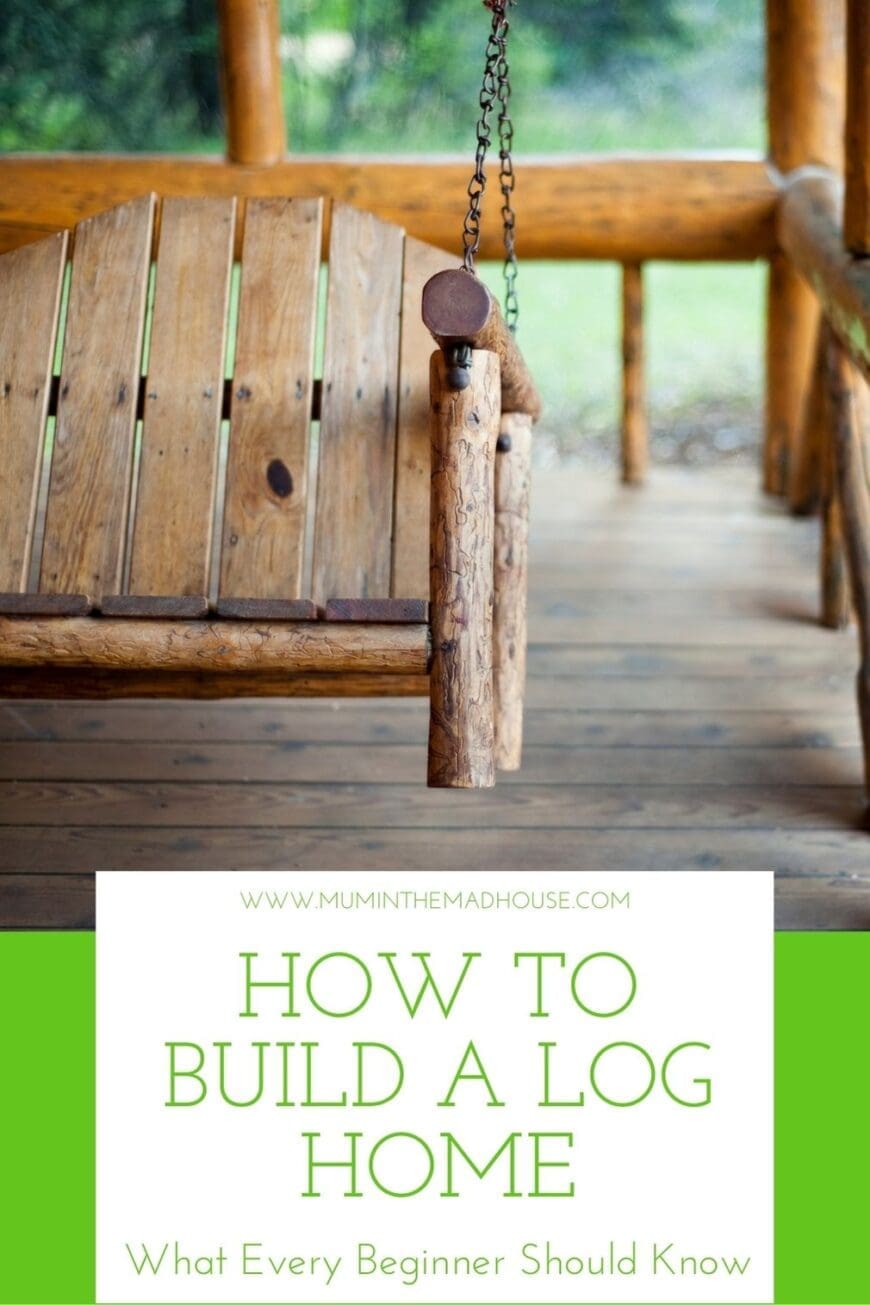Log homes offer the ideal balance between nature and modernity. But before beginning construction, certain factors need to be kept in mind.

Building the Foundation
Building the foundation is the first step of log home construction (https://buildingalogcabin.wordpress.com/2011/05/27/step-by-step/). While this may sound intimidating, with careful preparation and an understanding of the sequence of events it becomes much less daunting. Furthermore, choosing your foundation doesn’t need to be as complex as one might imagine either; deeper types such as pillars reinforced wide strips and piles are usually not required for log cabin homes.
Pad foundations are the simplest type of foundation. Consisting of concrete pads placed beneath all four corners, this form is usually the least costly option and best used when there is an excellent soil base available for construction sites. When pouring concrete below frost lines to avoid settlement of your cabin.
A raft foundation may not be ideal for sites that have steeply sloped terrain or poor drainage; in these instances, pad or piling foundation would be more suited. No matter which foundation choice is selected, it’s crucial to conduct an in-depth site analysis to identify whether construction could potentially result in flooding or other environmental hazards; additionally, building codes and future development/municipal construction plans need to be considered to avoid potential future complications.

Building the Walls
Log home construction typically begins with its walls. Depending on its design, some may be built directly by the owner or other builders on-site; others are pre-cut in factory conditions and shipped directly to the building lot for assembly by the builder. Many of the same structural elements as in stick-framed homes such as joists and support posts may be employed; floor truss systems may even allow greater spans reducing support post numbers needed; eventually decking made of plywood or OSB can then be attached securely over them.
Builders must carefully monitor wall construction for problems, as many of these can be quickly prevented or corrected through regular plumb checking with a level or plumb bob, and by comparing diagonal corners. Logs are especially susceptible to moisture damage which may lead to wood rot, insect infestation or other costly complications during the building process; for this reason, moisture control must remain an integral component.
Once the log walls have been constructed, carpenters usually move on to either the roof or, for two-story homes, the second-floor system. Roofs may be constructed by the pros at Log Building Maintenance and Restoration using conventionally framed dimensional lumber joists with plywood decking or using an alternative system with exposed square or round log beams covered with 2-inch-thick decking. Such systems offer an alternative to conventional systems utilizing ridge rafters.
Building the Floor
Once the foundation is laid, log home builders can begin laying and raising the floor system. You have various options when selecting flooring material: you could opt for conventional wood, joists, log joists or timber joists (although latter are typically more costly); they provide authentic touches while also enabling insulation placement underfoot.
When choosing your builder, it is essential that they possess experience building log homes, as seen here. Gather two or three quotes and compare prices; however, price should not be the sole determining factor; more important is finding someone with whom you feel comfortable communicating effectively – the more open lines of communication there are between builder and client, the less likely any problems will occur.
Before beginning construction of your full scribe log home, it is advisable to consult a qualified structural engineer on its foundation and first course of logs. This will help ensure they are of appropriate sizes and secured to each other properly.

Building the Roof
Log cabin roofs play an integral part in defining its overall style and protecting interior walls and roof from the elements. There are various roof options available; each provides different benefits and costs. Timberhaven log homes provide several roof systems tailored specifically for different style preferences and budgets – one such system features classic vaulted ceilings that work great in log homes such as their Beam & Purlin system.
Selecting the ideal roof type for your log cabin can be a difficult decision, but with research and careful thought it can become much simpler. There are various roof styles to consider including dormers and skylights; popular choices may have more benefits or drawbacks.
After building the walls and floors, it’s time to frame the roof. Log cabin builders typically employ either flat or scissor trusses; flat trusses can be prefabricated for low costs while scissor trusses offer more unique customization at a more reasonable cost.
As soon as framing is completed, mechanical subcontractors complete their rough-ins and trim carpenters begin closing in the home with drywall or tongue-and-groove pine or cedar boards. Once approved by a building inspector, a final walk-through and “closing inspection” with the homeowner marks the conclusion of the construction process.
